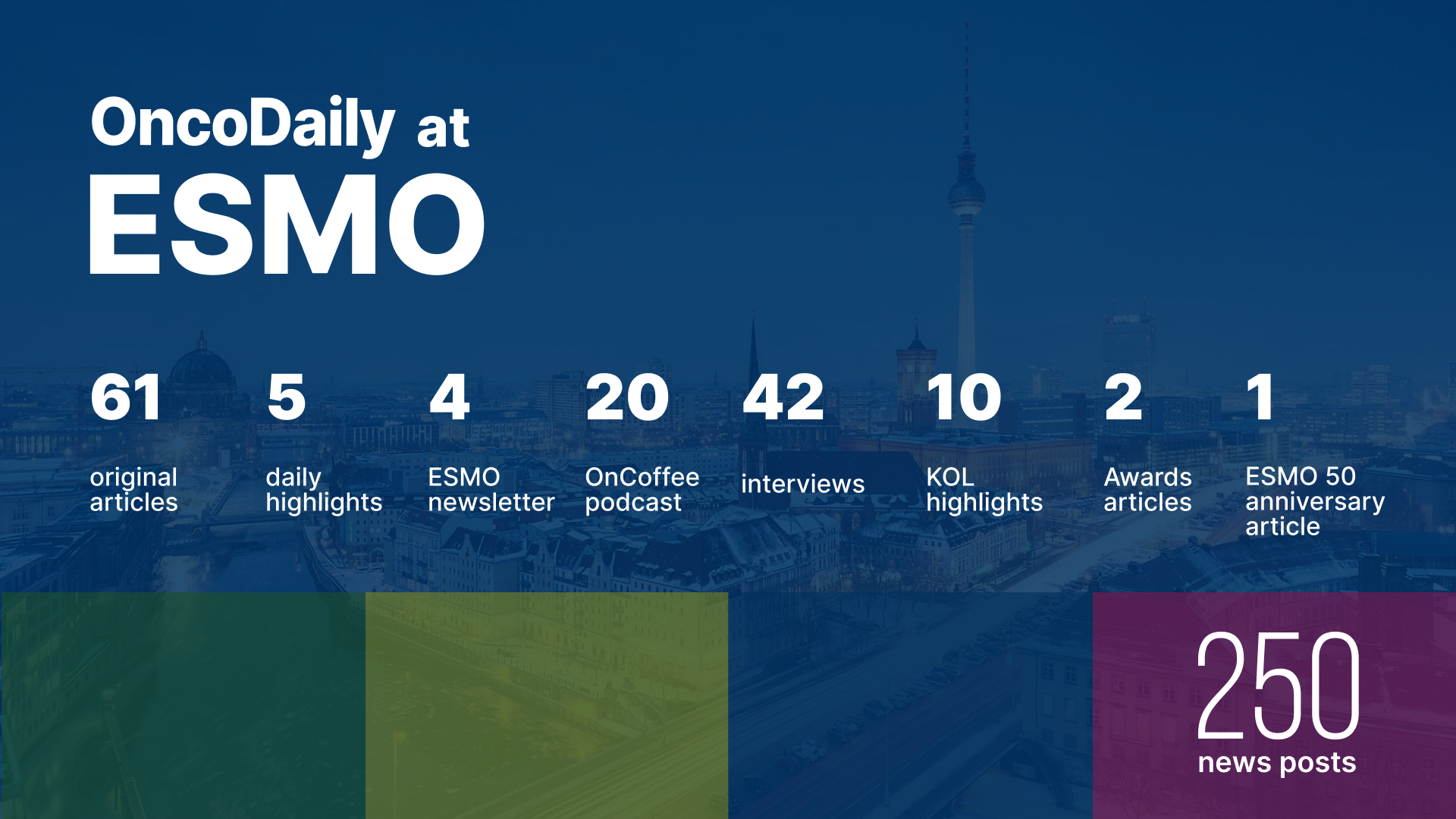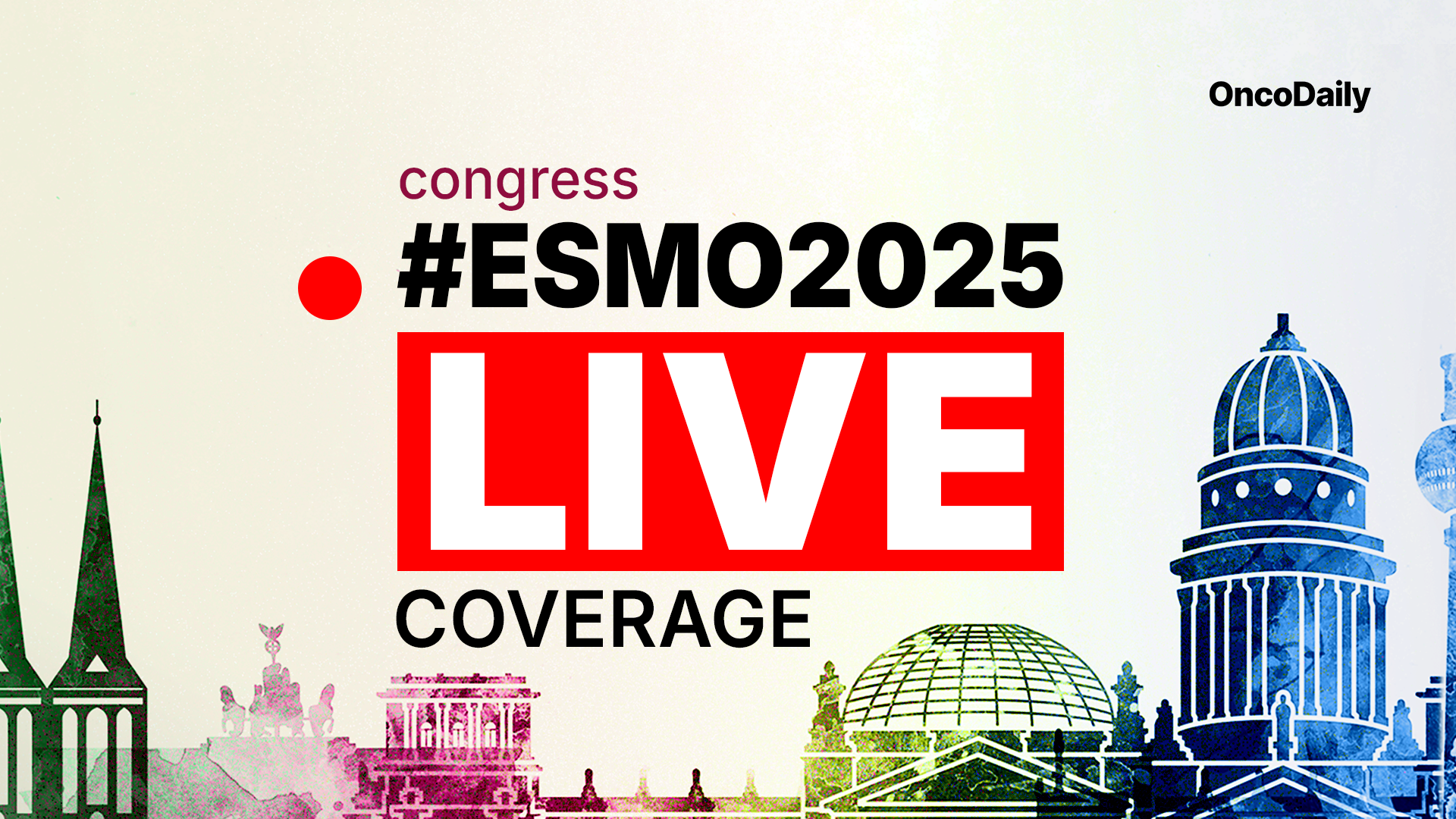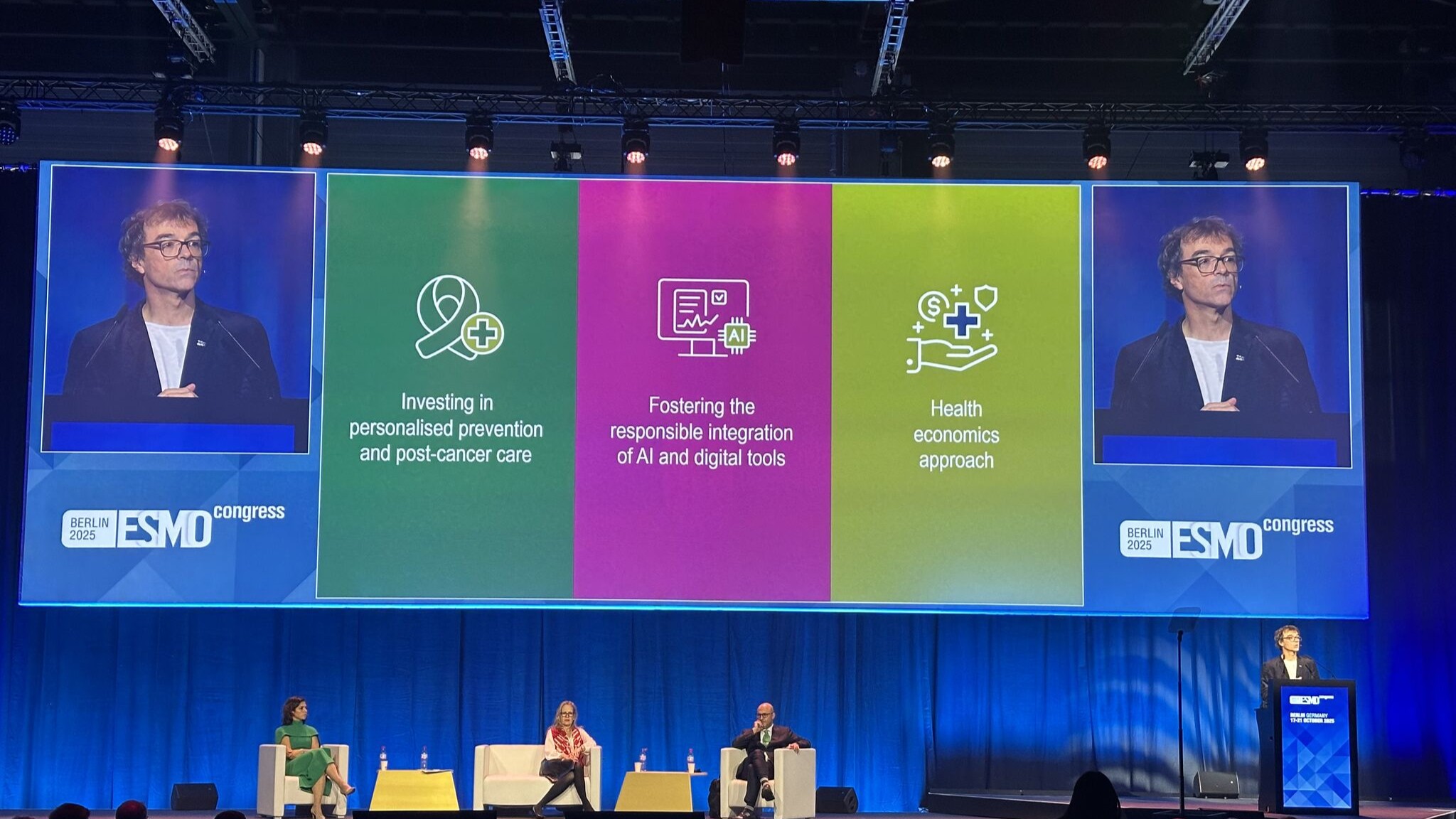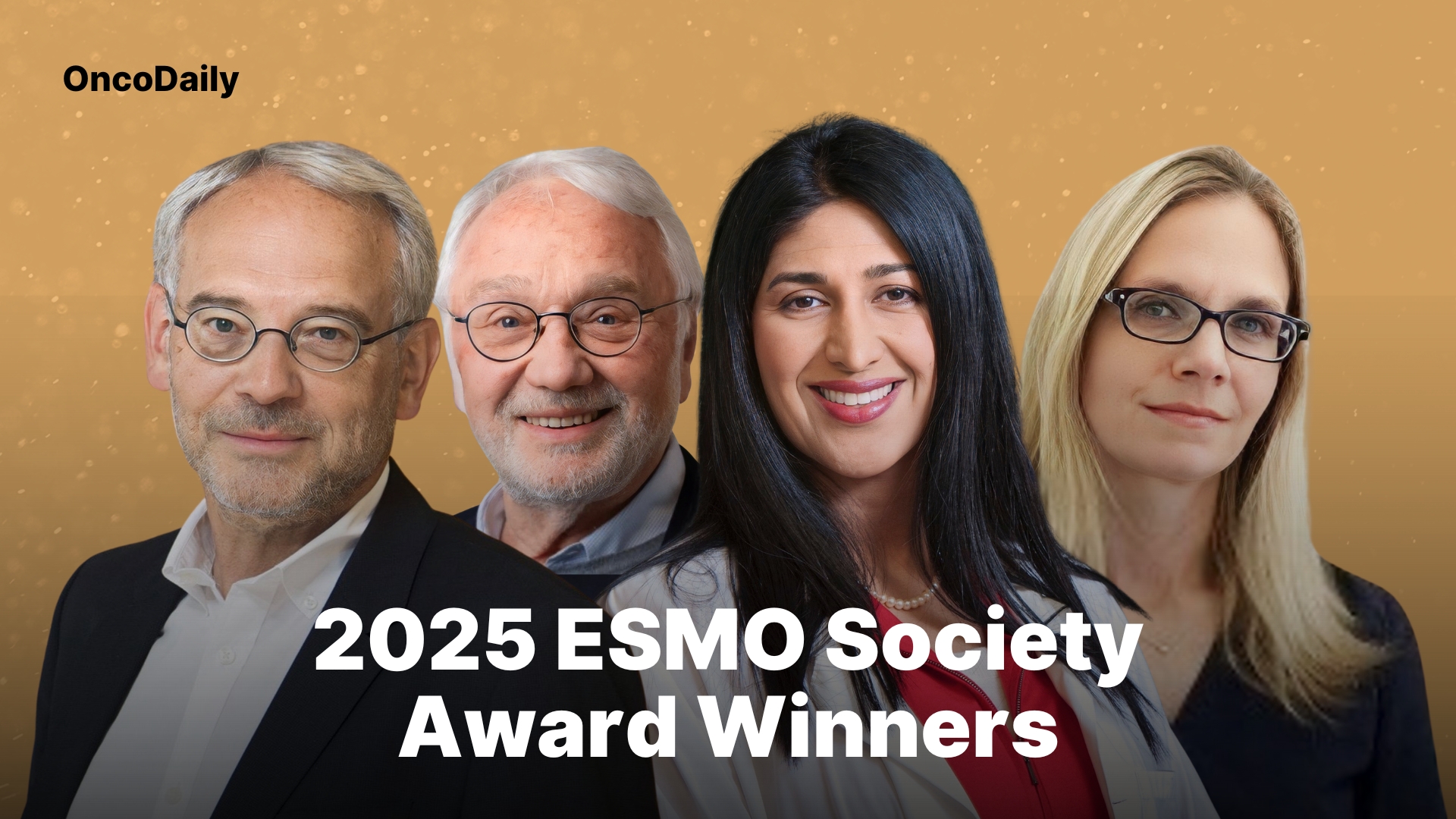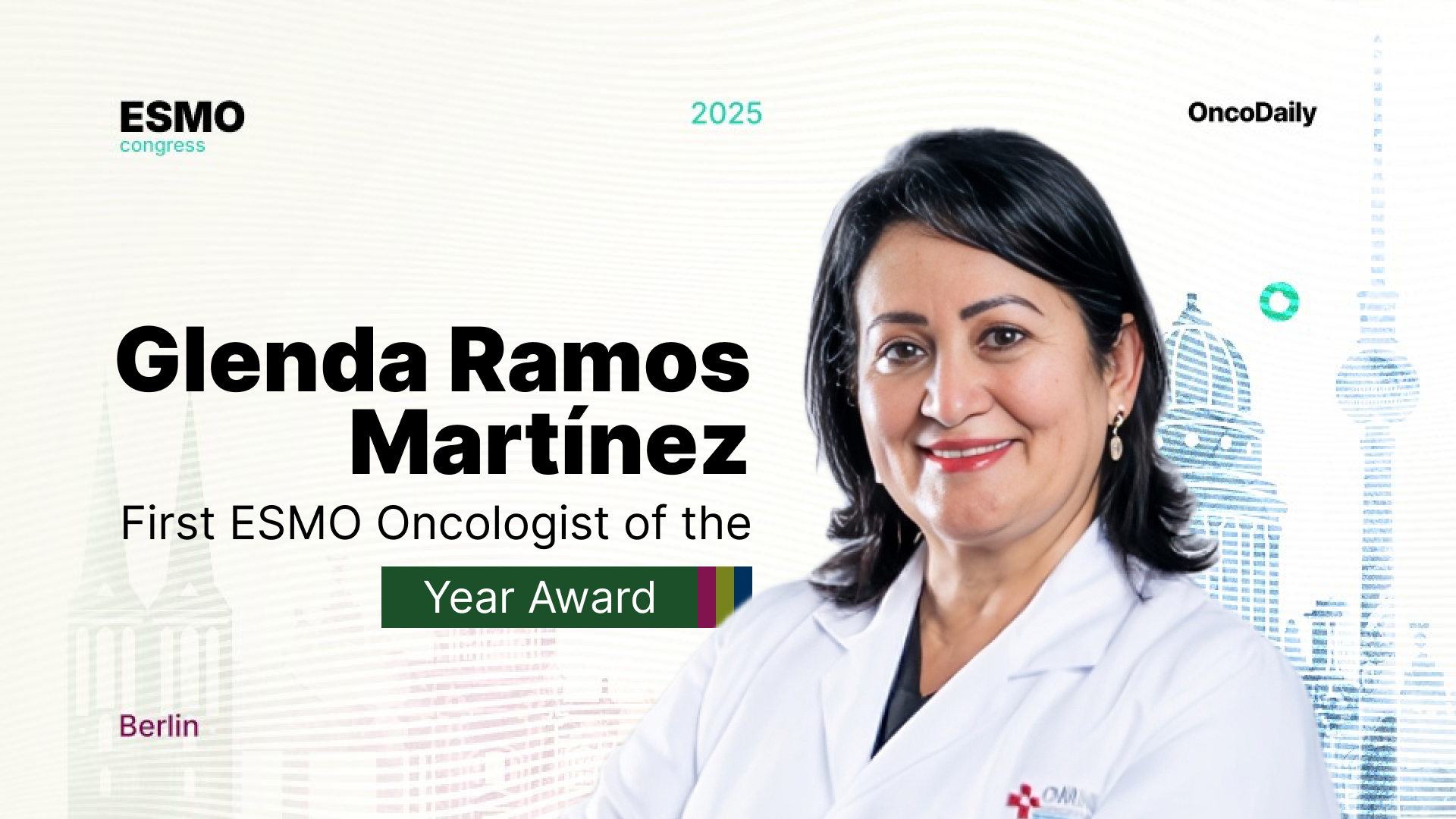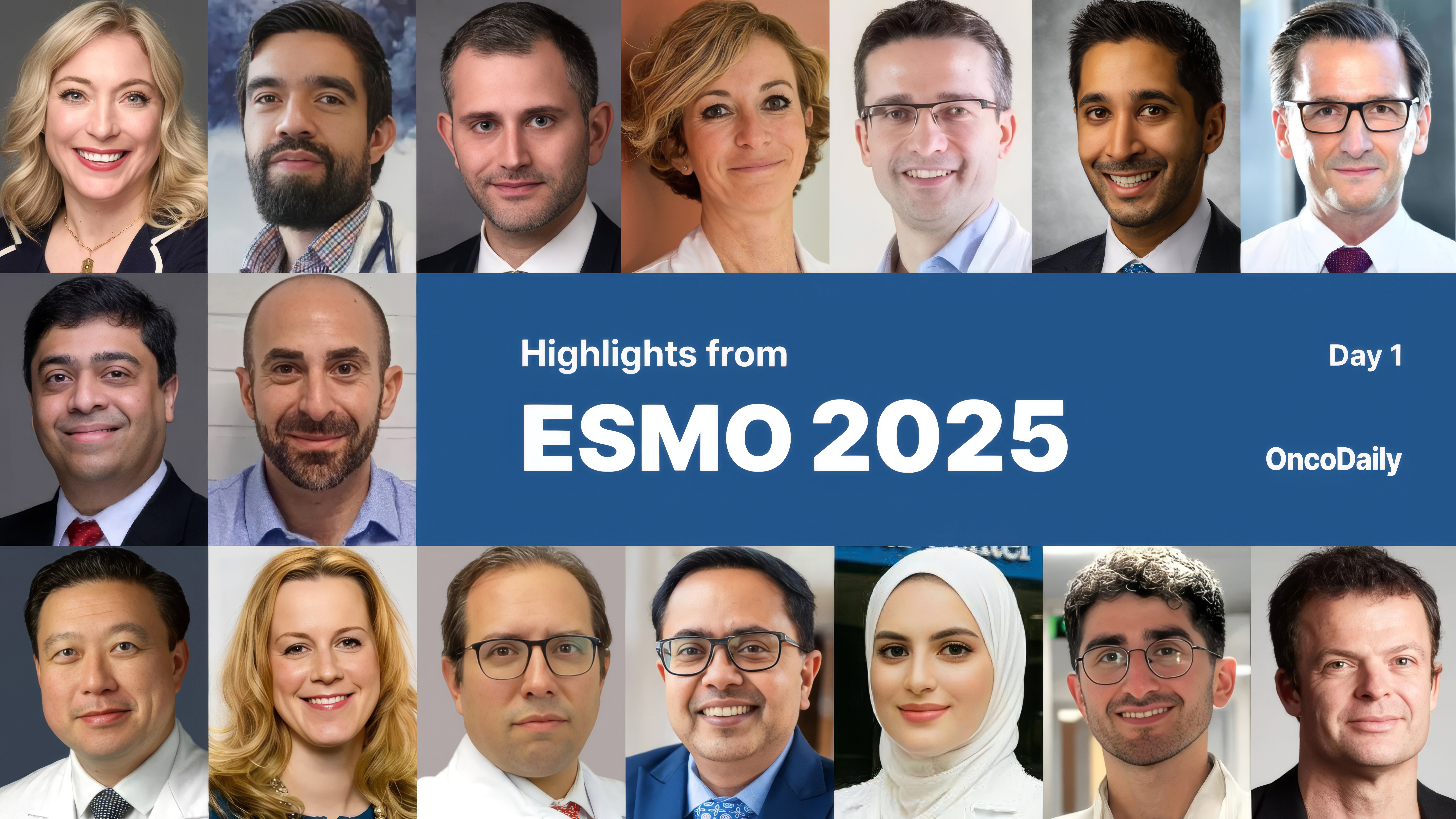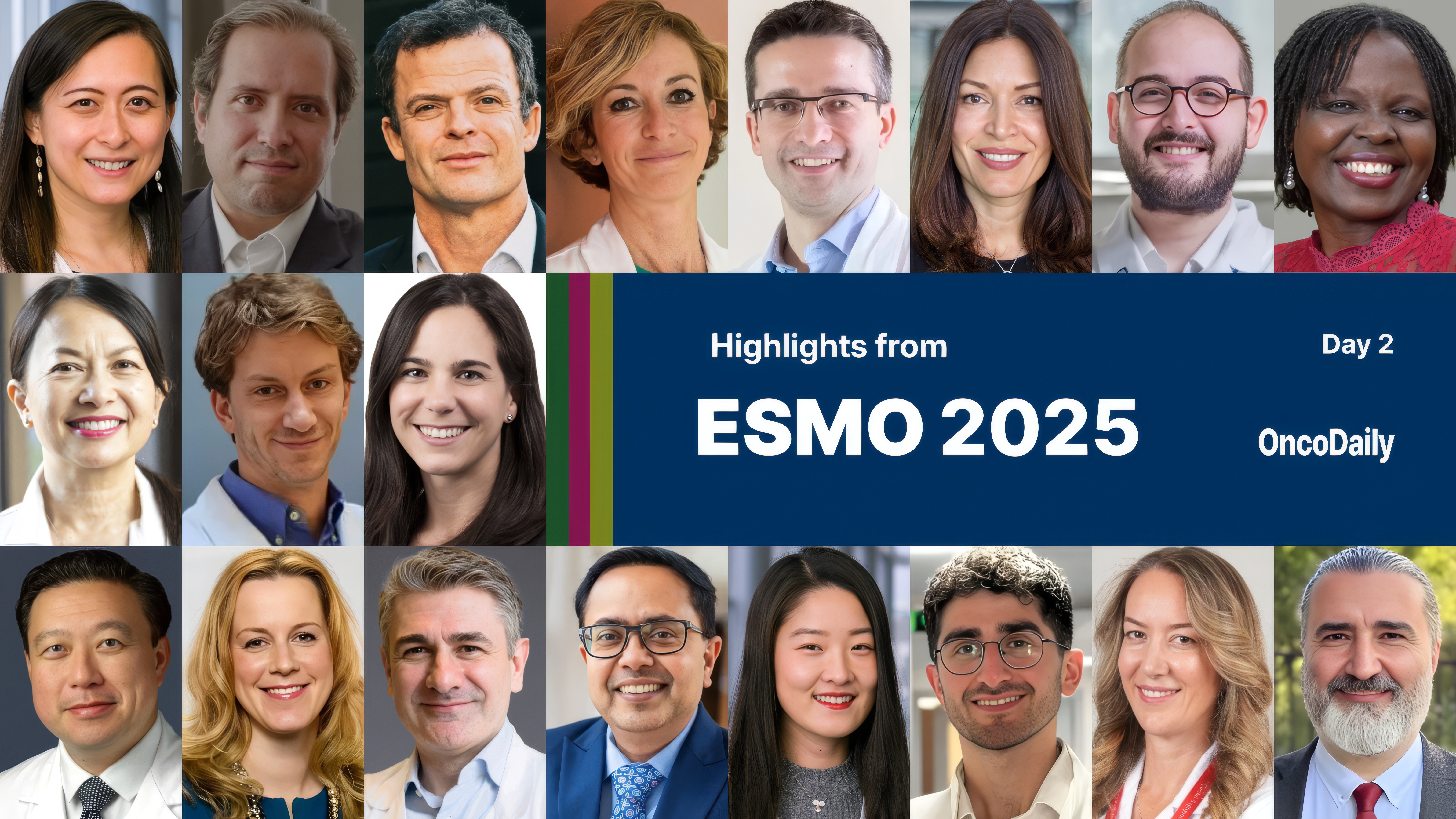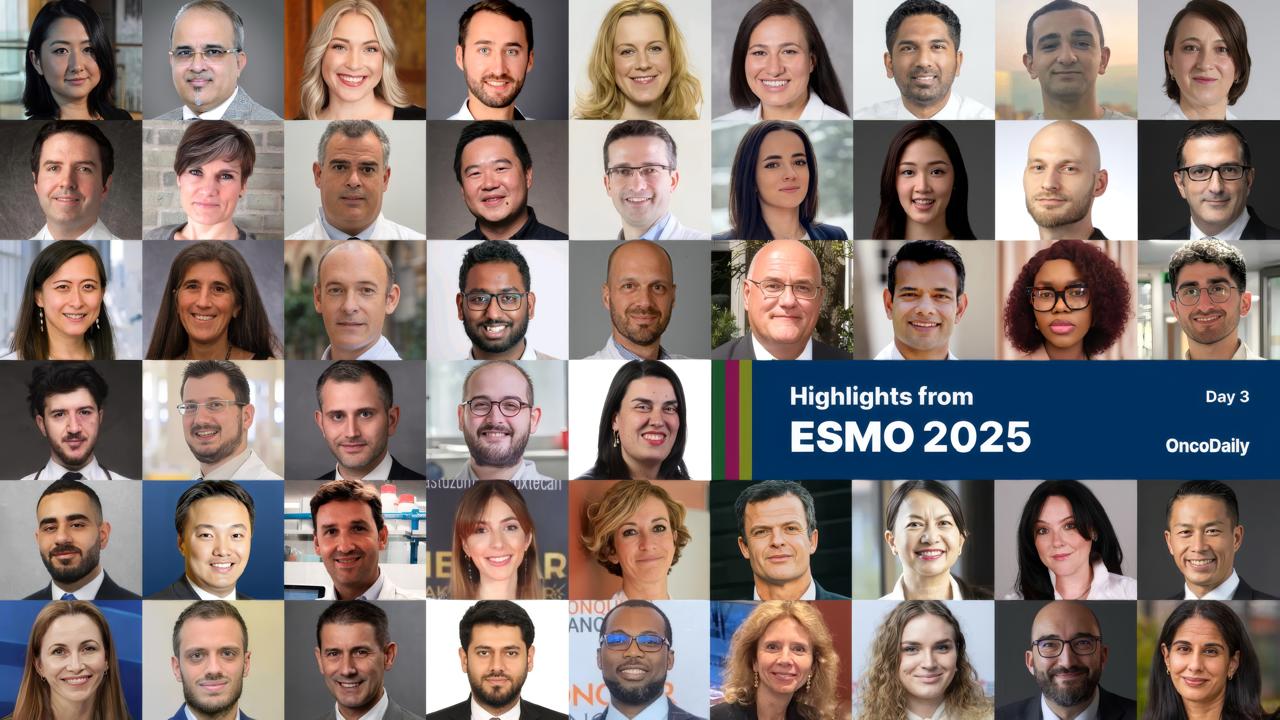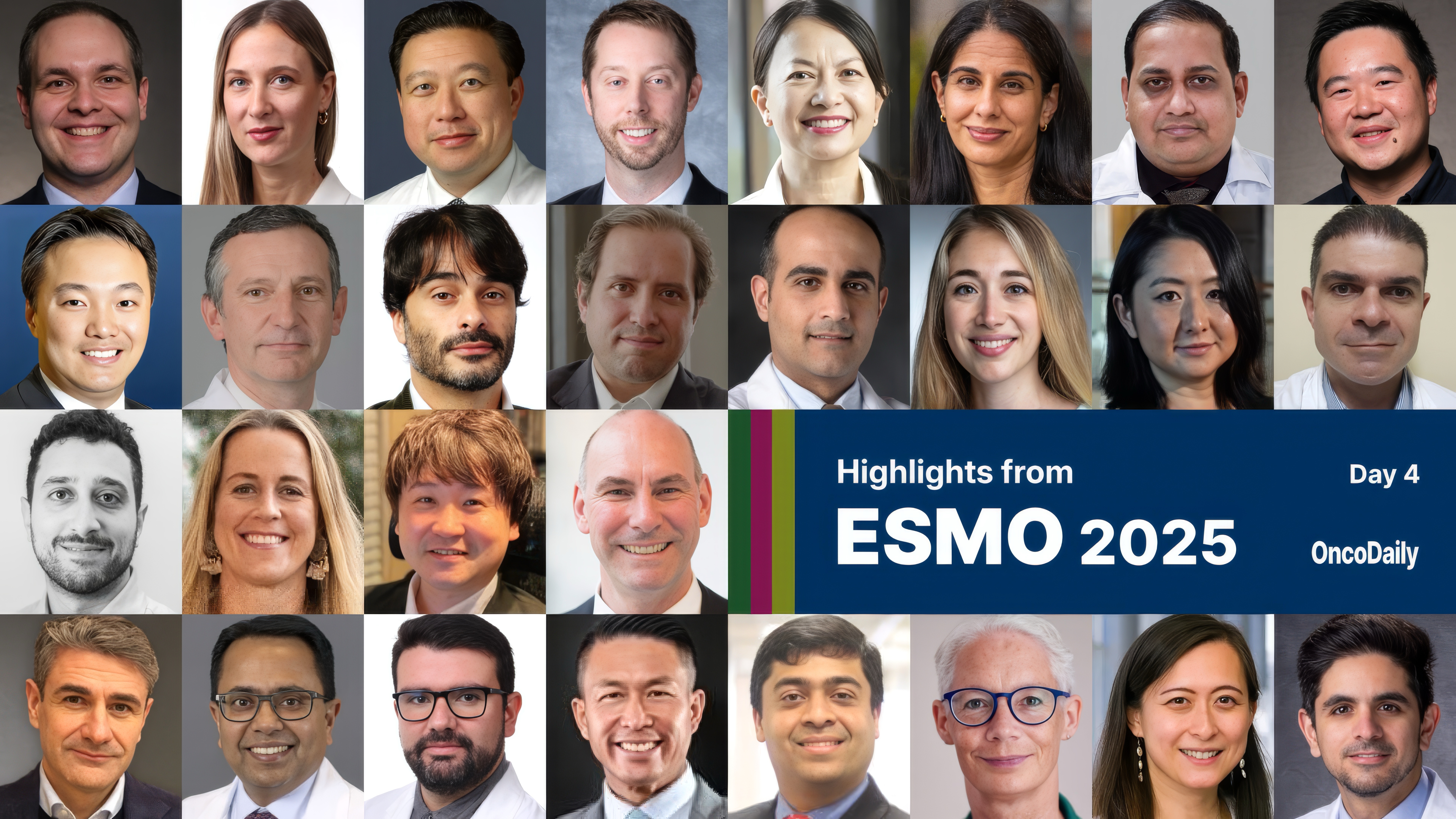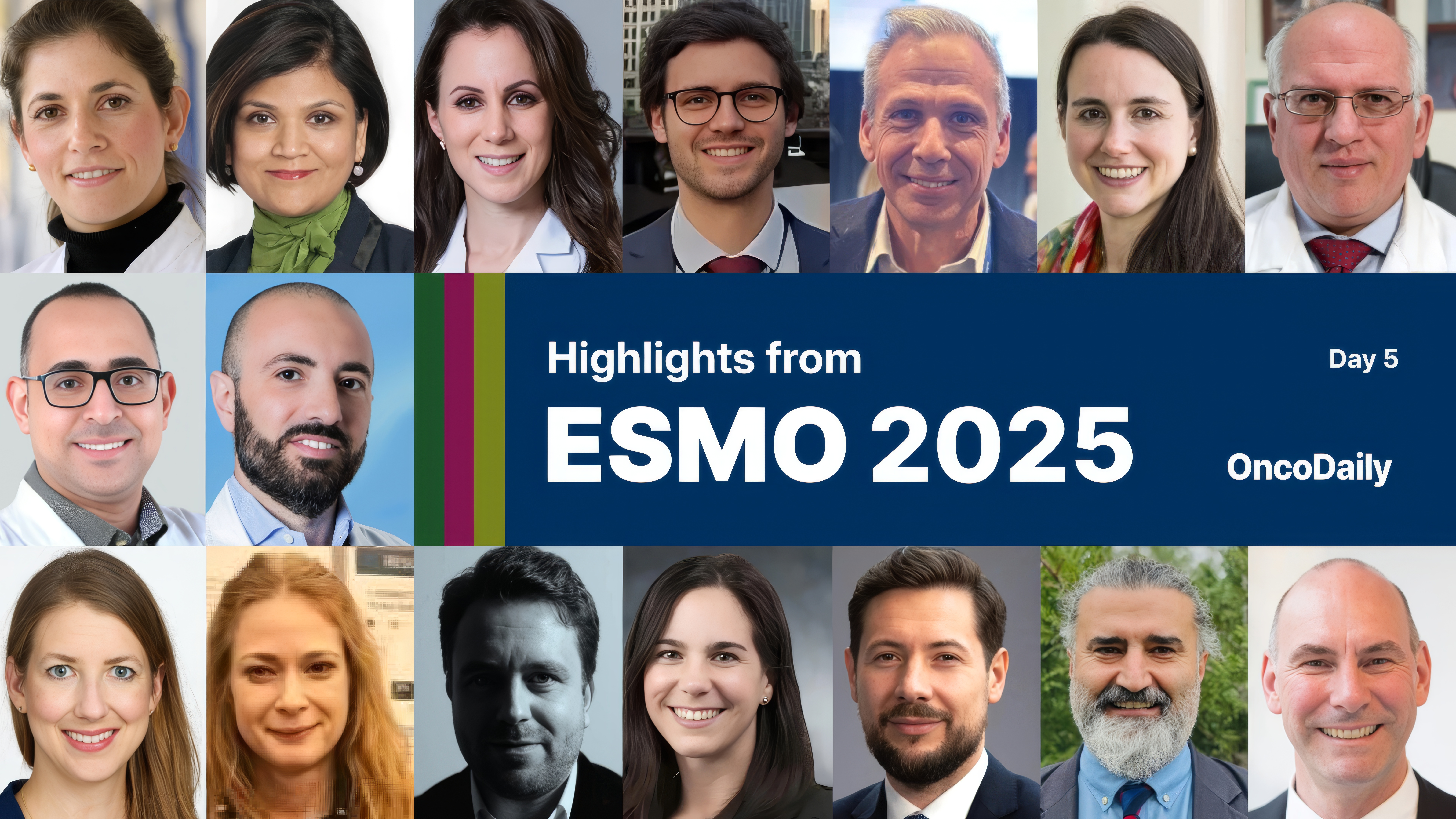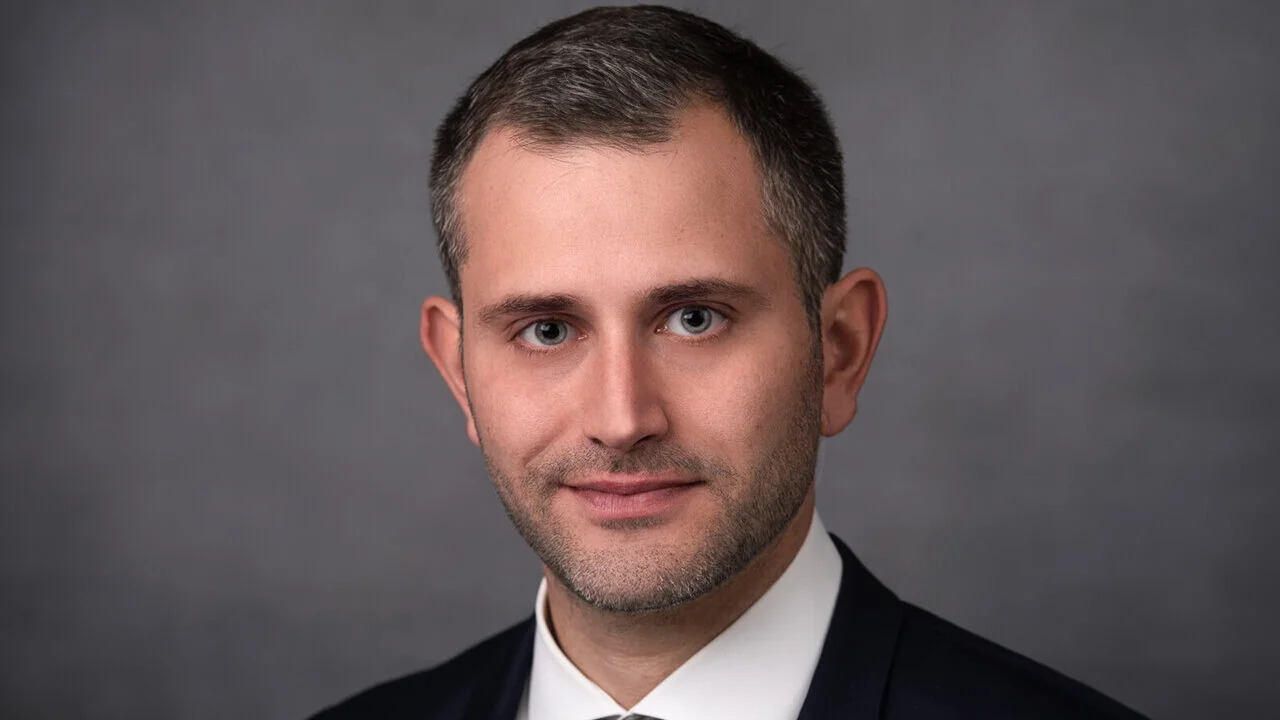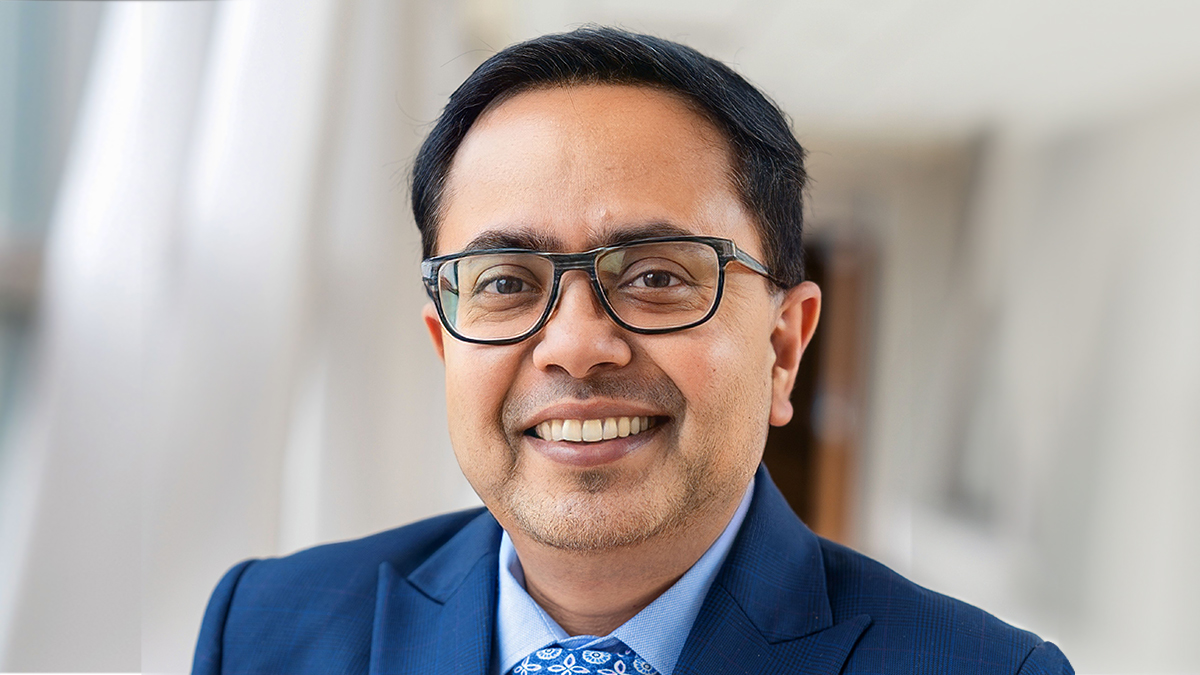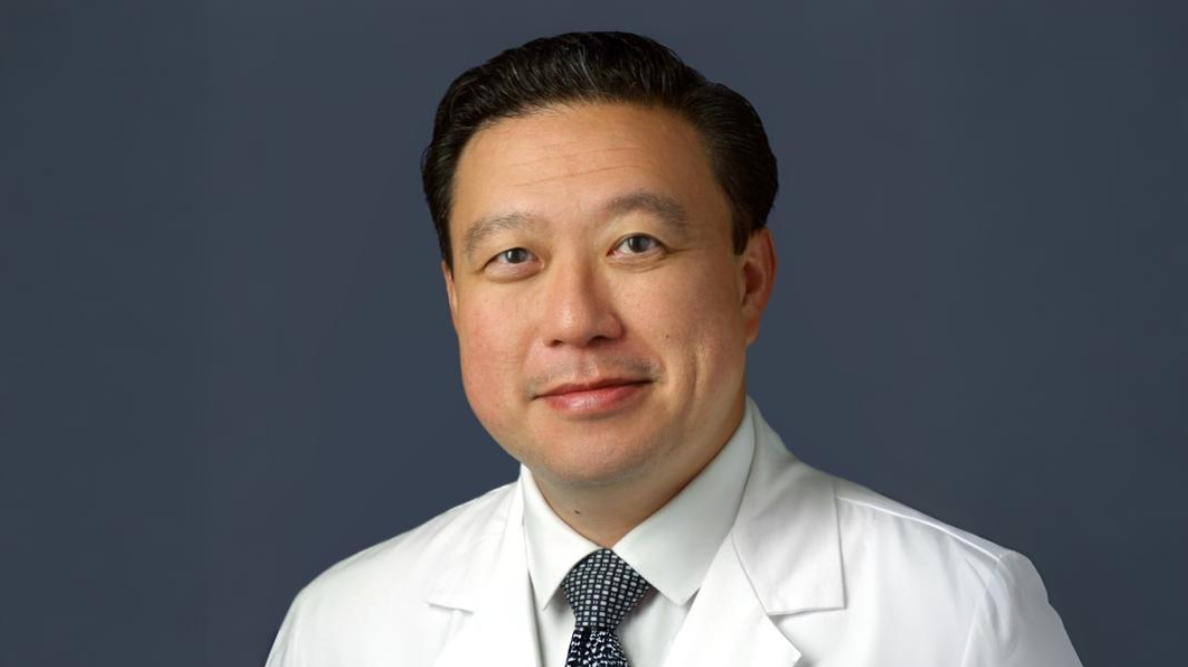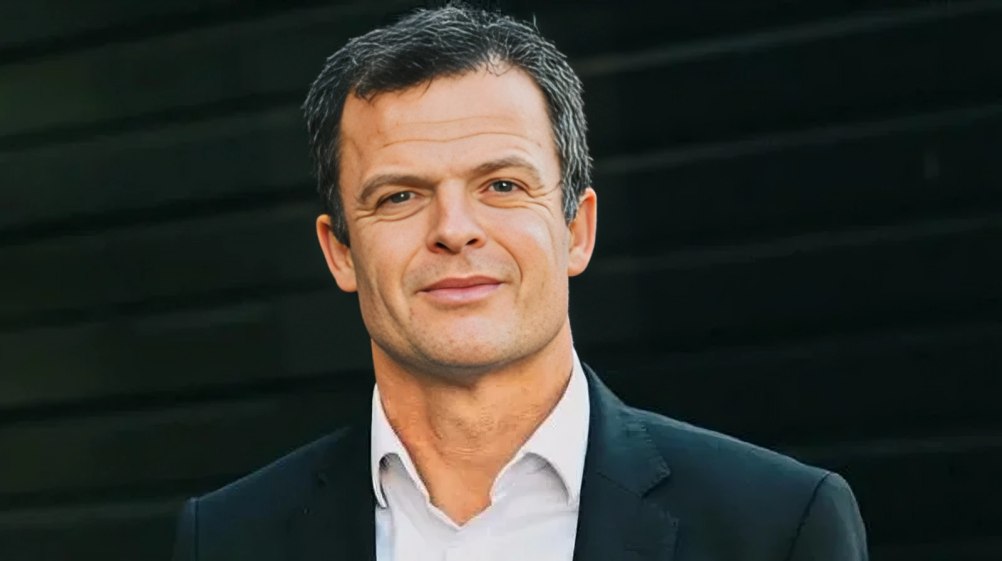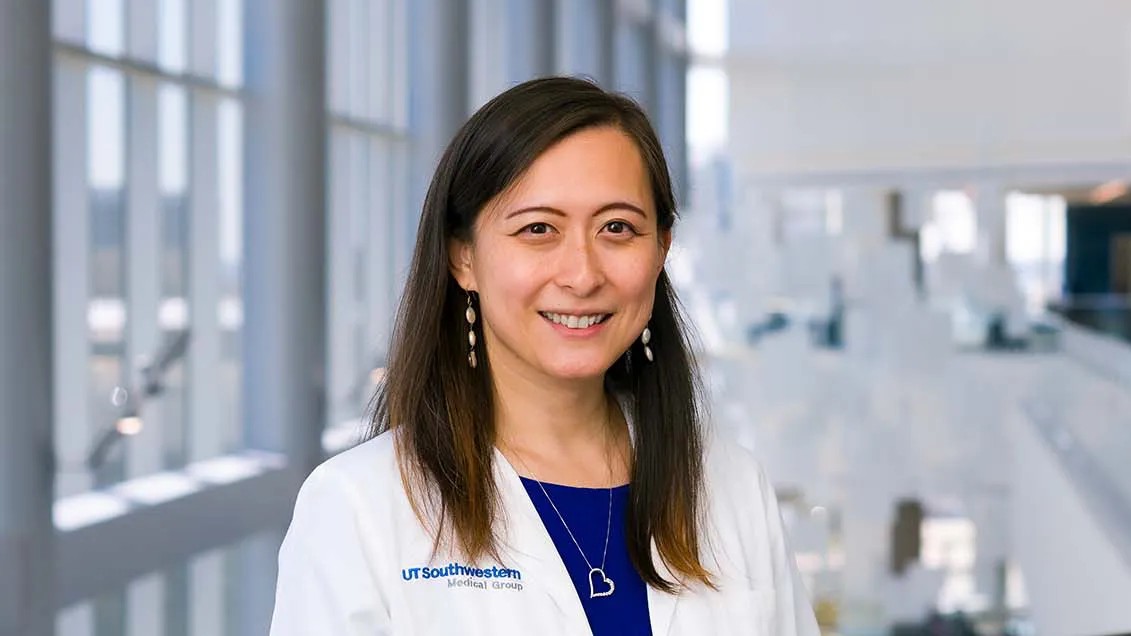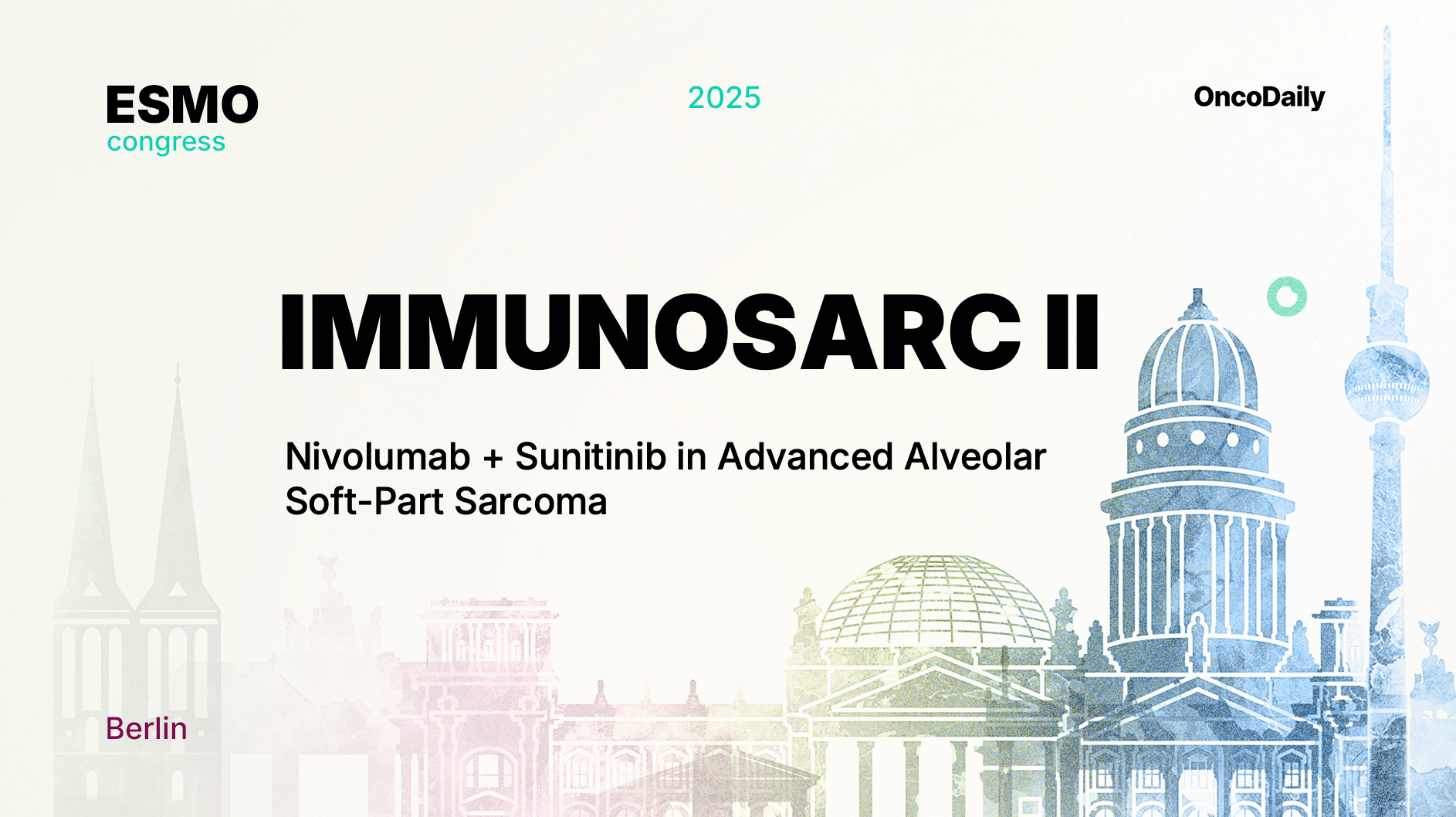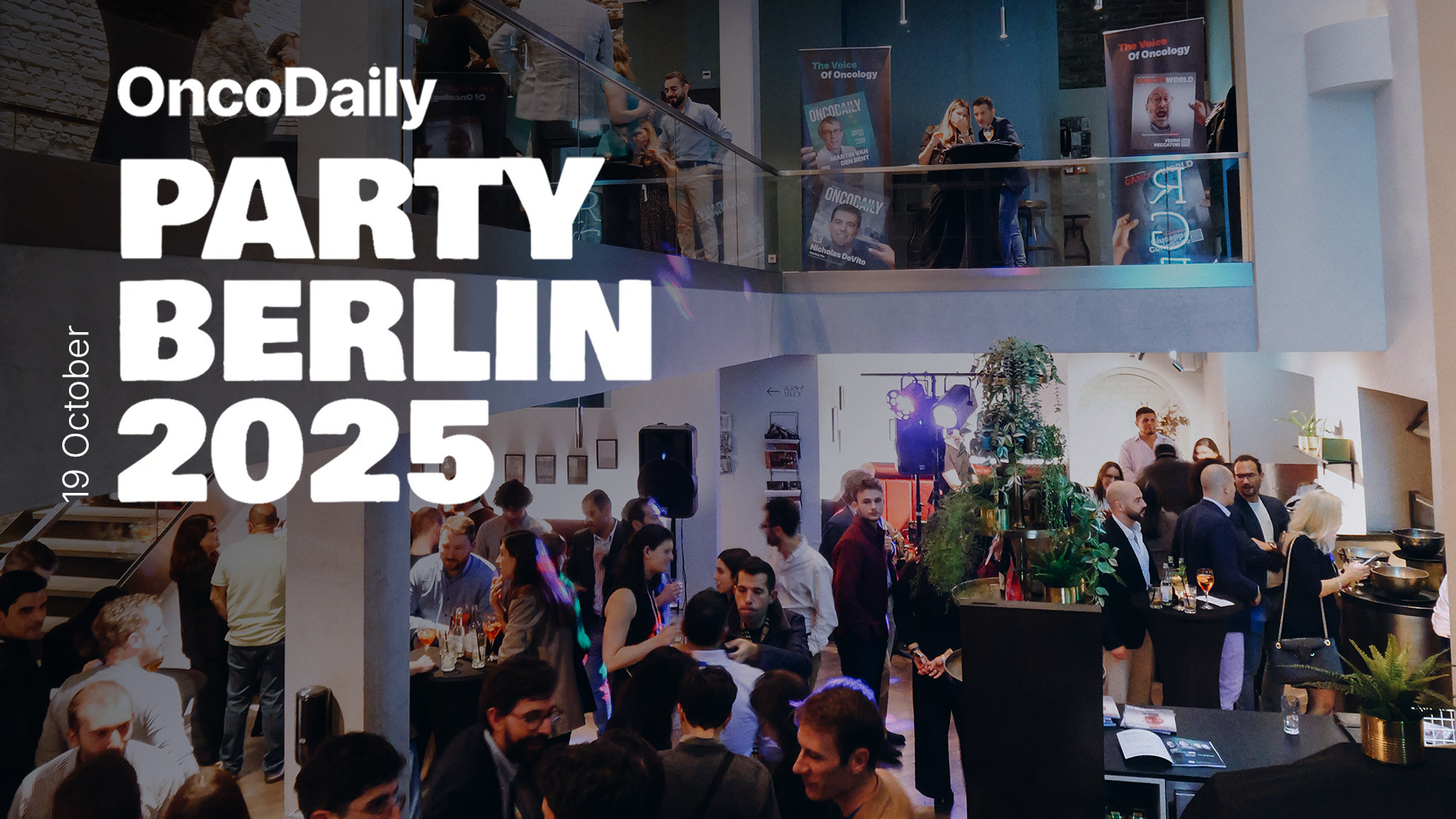OncoDaily ran 24/7 coverage throughout ESMO25, posting rolling highlights, expert takes, and trial rundowns on its Live hub. What follows is a curated, chronological recap of the week, followed by concise disease-area spotlights, key trial notes, and a closing that captures the spirit of the community.
What ESMO 2025 Was
ESMO 2025 took over Messe Berlin from October 17 to 21 and doubled as a milestone celebration, the Society’s 50th anniversary. The scale reflected the moment: more than 37,000 oncology professionals on site, three Presidential Symposia, and thousands of abstracts distilled into a week of dense science. Newer themes, tumour-agnostic development, AI and digital health, prevention and early detection, stood alongside the core disease tracks, underlining how broad oncology has become and how integrated the disciplines now are.
The Opening and Awards
The official opening blended ceremony with purpose. ESMO’s Society Awards recognized both enduring impact and fresh leadership honouring scientists who built today’s standards and those accelerating translational progress.
Prof. Thierry Conroy received the ESMO Award for transformative contributions in gastrointestinal oncology; Prof. Christina Curtis was honoured with the ESMO Award for Translational Research for pioneering work linking cancer genomics to clinical decision-making; Dr. Natasha Leighl earned the ESMO Women for Oncology Award for her leadership, mentorship, and advances in thoracic oncology; and Prof. Rolf A. Stahel received the ESMO Lifetime Achievement Award in recognition of decades of scholarship and service that have shaped modern lung-cancer care.
A historic first also arrived in Berlin: Glenda Ramos Martínez received the inaugural ESMO Oncologist of the Year award, spotlighting her trailblazing role in Ecuador and her advocacy to expand access to cancer medicines, an acknowledgment that excellence in oncology encompasses equity and implementation alongside scientific advances.
The Week, Day by Day
Day 1 – Friday, Oct 17
Setting the tempo. Opening-day sessions delivered scene-setting statistics and the first practice-nudging reads. In GI oncology, emerging strategies for HER2-positive gastric and GEJ cancers after trastuzumab drew attention, with bispecifics showing clinically meaningful activity. Early breast cancer talks teed up what would become a running theme: adjuvant CDK4/6 inhibition and the maturing overall-survival picture. In thoracic oncology, consolidation and local-therapy strategies for EGFR-mutant disease signaled a renewed interest in multidisciplinary, biology-guided care.
Check out the highlights of Day 1 from ESMO 2025 here.
Day 2 – Saturday, Oct 18
SCLC momentum and GU reality checks. Small-cell lung cancer stepped into the spotlight as T-cell engagers combined with chemo-immunotherapy generated palpable enthusiasm, encouraging enough to fuel talk of a future first-line standard pending phase-3 confirmation. In muscle-invasive and non-muscle-invasive bladder cancer, multiple trials prompted a nuanced debate: who truly benefits from perioperative immunotherapy, and how do we avoid over-treatment while preserving cure?
Check out the highlights of Day 2 from ESMO 2025 here.
Day 3 – Sunday, Oct 19
Breast cancer headlines and equity in focus. DESTINY-Breast05 reported in patients with residual disease after neoadjuvant therapy, with T-DXd outperforming T-DM1 and reigniting conversations about toxicity monitoring and clinic workflows. Policy and patient-experience tracks tackled financial toxicity, trial access, and implementation in low- and middle-income countries, timely counterpoints to the scientific fireworks.
Check out the highlights of Day 3 from ESMO 2025 here.
Day 4 – Monday, Oct 20
ADCs, QoL, and KRAS. Antibody-drug conjugates dominated the corridors, including triple-negative breast cancer combinations that delivered response rates approaching 80% alongside reassuring quality-of-life signals. In lung cancer, the KRAS story widened beyond G12C, with data hinting at how future sequencing might look as G12D inhibitors mature. Mid-meeting reflections on ESMO’s 50-year arc added a human texture to the science: progress is real, but so is the need for smarter trial design and global implementation.
Check out the highlights of Day 4 from ESMO 2025 here.
Day 5 – Tuesday, Oct 21
Late breakers and lasting lessons. Genitourinary plenaries and late-breaking abstracts tied together themes from earlier days—precision, patient selection, and measured adoption. Translational wins in pMMR colorectal cancer (predictors of response and resistance) and updated signals from cancer vaccines underscored how rapidly the boundary between the lab bench and clinic continues to blur.
Check out the highlights of Day 5 from ESMO 2025 here.
Deep Dives by Topic
Breast Cancer
The adjuvant setting took centre stage. Mature results from monarchE confirmed an overall-survival benefit for abemaciclib plus endocrine therapy in high-risk HR-positive/HER2-negative early breast cancer—an inflection point beyond disease-free endpoints. NATALEE’s five-year readout suggested a durable, mid–single-digit absolute improvement in invasive disease-free survival with ribociclib, including in some lower-risk cohorts not eligible for abemaciclib. In triple-negative disease, low-dose pembrolizumab boosted pCR rates in high-risk neoadjuvant regimens, while ADC combinations continued to set a high bar for response and tolerability.
Curated by our team: “Breast Cancer Advances at ESMO25 with Paolo Tarantino and Erika Hamilton.” Read the full set of influencer posts gathered and shared by OncoDaily’s editors.
Breast Cancer Advances at ESMO25 with Paolo Tarantino.
Breast Cancer Advances at ESMO25 with Erika Hamilton.
Bladder Cancer
Neeraj Agarwal’s highlights framed an honest picture: major trials are moving the needle, but patient-level nuance matters. Across perioperative studies in MIBC and BCG-unresponsive disease, the field is converging on the idea that better biomarkers and clearer risk definitions are essential to maximize benefit and minimize unnecessary exposure to immunotherapy.
Bladder Cancer Advances at ESMO25 with Neeraj Agarwal.
Lung Cancer
Stephen V. Liu charted a busy SCLC pipeline where T-cell engagers and DNA damage response strategies are challenging nihilism. Antonio Calles emphasized that tarlatamab combinations could plausibly redefine first-line SCLC pending phase-3 confirmation. Meanwhile, in NSCLC, the KRAS inhibitor landscape is broadening, raising practical questions about sequencing, combinatorics, and toxicity monitoring that will shape everyday thoracic clinics.
Lung Cancer Advances at ESMO25 with Stephen V Liu.
Lung Cancer Advances at ESMO25 with Antonio Calles.
Genitourinary Cancers
Reading the muscle-invasive datasets demanded restraint: signals varied across trials, and selection tools remain imperfect. In prostate cancer, precision subgroup data clarified where intensification helps, and where it does not, underscoring a “personalise, don’t just intensify” philosophy.
Curated by our team: “Genitourinary Cancer Advances at ESMO25 with Tom Powles.” Find the compiled expert posts in our shared roundup.
Genitourinary Cancer Advances at ESMO25 with Tom Powles.
Gastrointestinal Cancers
Arndt Vogel spotlighted HER2-positive upper-GI disease, where bispecifics after trastuzumab achieved response rates in the mid-50% range and promising survival signals, evidence that targeted strategies continue to revitalize difficult spaces. Across colorectal and gastric sessions, biomarker-driven selection and ctDNA-guided approaches edged closer to routine decision-making.
GI Advances at ESMO 2025 with Arndt Vogel.
Prostate Cancer
Capivasertib plus ADT delivered a radiographic PFS benefit in PTEN-deficient mHSPC; ENZARAD fell short on metastasis-free survival; and trials like PRESTO refined the role of intensified systemic therapy in PSA-recurrent disease. The through-line remained clear: precision first.
Prostate Cancer Advances at ESMO25 with Tian Zhang.
Trials to Remember
- FRUSICA-2 (2L advanced RCC): Fruquintinib plus sintilimab significantly prolonged progression-free survival versus investigator’s choice axitinib or everolimus, more than doubling objective response with a long duration of response and manageable safety; overall survival remains immature.
- IMMUNOSARC-II (advanced alveolar soft-part sarcoma): The combination of nivolumab plus sunitinib achieved a ~50% objective response rate with durable disease control and a 12-month PFS rate around one-half of patients; benefits appeared greater in treatment-naïve patients, with immune-related toxicities largely manageable.
- Iza-Bren BL-B01D1-303 (recurrent/metastatic nasopharyngeal carcinoma): The EGFR×HER3 bispecific ADC more than doubled confirmed response and nearly doubled median PFS versus chemotherapy in heavily pretreated disease, with longer duration of response; grade ≥3 events were mainly hematologic and manageable, and overall survival data are still maturing.
- monarchE (HR+/HER2– early breast cancer): Adjuvant abemaciclib plus endocrine therapy demonstrated a statistically significant overall-survival advantage—practice-confirming and practice-changing.
- DESTINY-Breast05 (HER2+, residual disease): T-DXd outperformed T-DM1, with safety and monitoring top of mind for implementation.
- KRAS Inhibition (NSCLC): Beyond G12C, the G12D story is taking shape; the field is already thinking about sequencing and combinations.
- Upper-GI HER2+ (post-trastuzumab): Bispecific antibodies delivered meaningful responses and survival signals, suggesting a new line of attack.
- SCLC (first-line combinations): T-cell engagers with chemo-immunotherapy fueled optimism pending phase-3 validation.
- Prostate cancer (precision subgroups): PTEN-deficient mHSPC benefited from AKT pathway inhibition; other trials refined where intensification helps—and where it does not.
To stay current between meetings, keep an eye on our continuously updated Trial Updates hub, where we track late breakers, label-changing data, and follow-on analyses as they publish.
You can also browse the full slate of ESMO25 trial results and expert summaries on our website by following the Trial Updates link.
Closing Notes: The GI Round, the Community, and the Party
We wrapped the science with a GI Round edition led by Yelena Janjigian, joined by leading GI oncologists who parsed what’s truly practice-changing in gastric/GEJ and colorectal cancer and what still requires discipline in patient selection. It was the perfect bridge from headline data to day-to-day decisions.
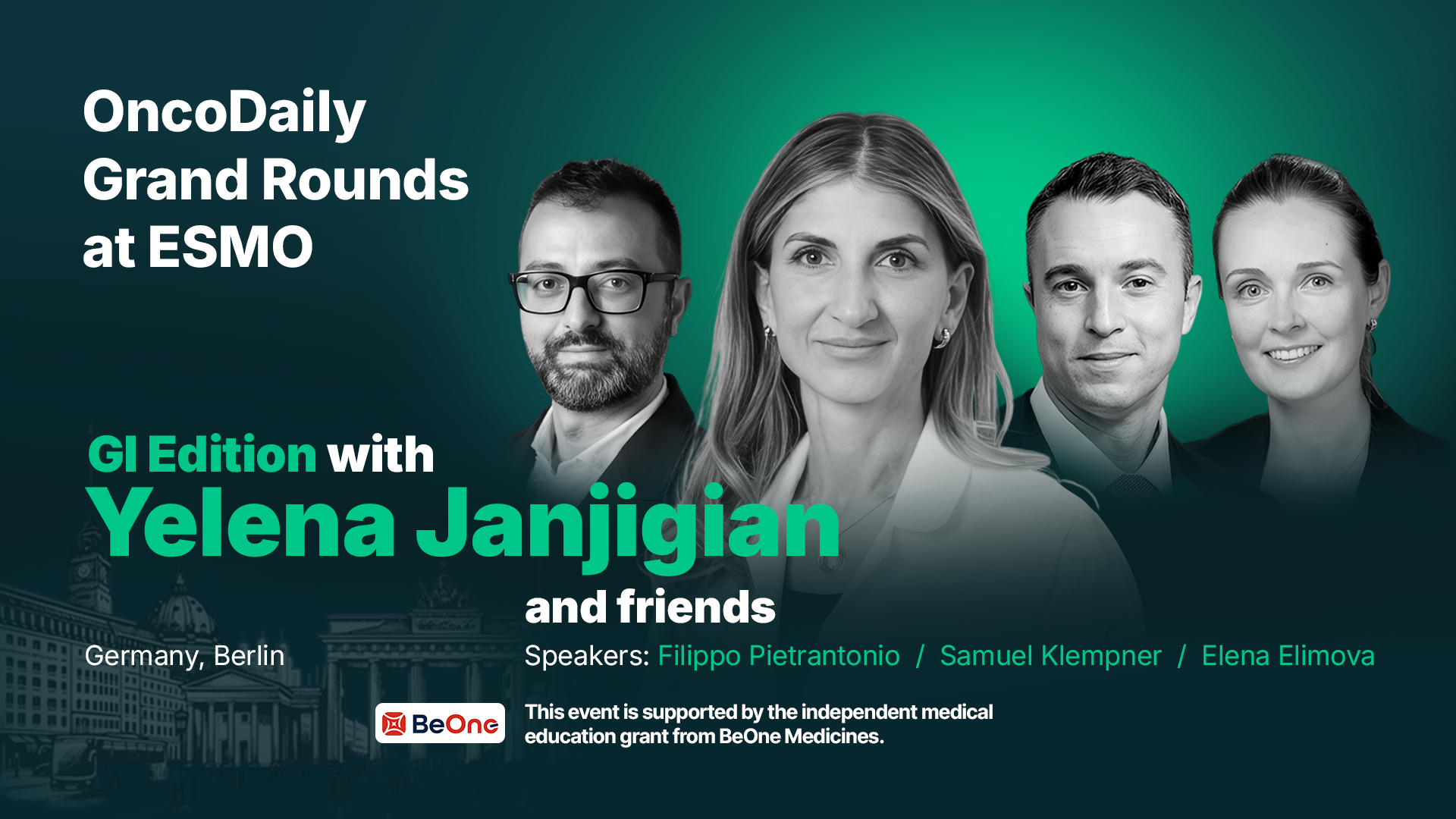
Under Berlin’s neon glow, the OncoDaily Party became the week’s pulse point, hosted in the city’s creative district, and deliberately “0 slides” so conversation could do the work. With more than 500 registrations from over ten countries across five continents, and a crowd that was roughly one-third early-career, the room felt less like a side event and more like a snapshot of oncology’s future: diverse, curious, and ready to collaborate.
A hosting committee spanning academia and industry (including Alberto Puccini, Amalya Sargsyan, Arturo Loaiza-Bonilla, Kohei Shitara, Petros Grivas, and Vivek Subbiah, among many others) kept the night effortless, reminding us that community is a force multiplier for science. It was a night where energy met expertise, where new ideas were traded as easily as toasts, and where the spirit of ESMO’s 50th year felt unmistakably forward-looking.
Learn more about European Society for Medical Oncology on their official website.
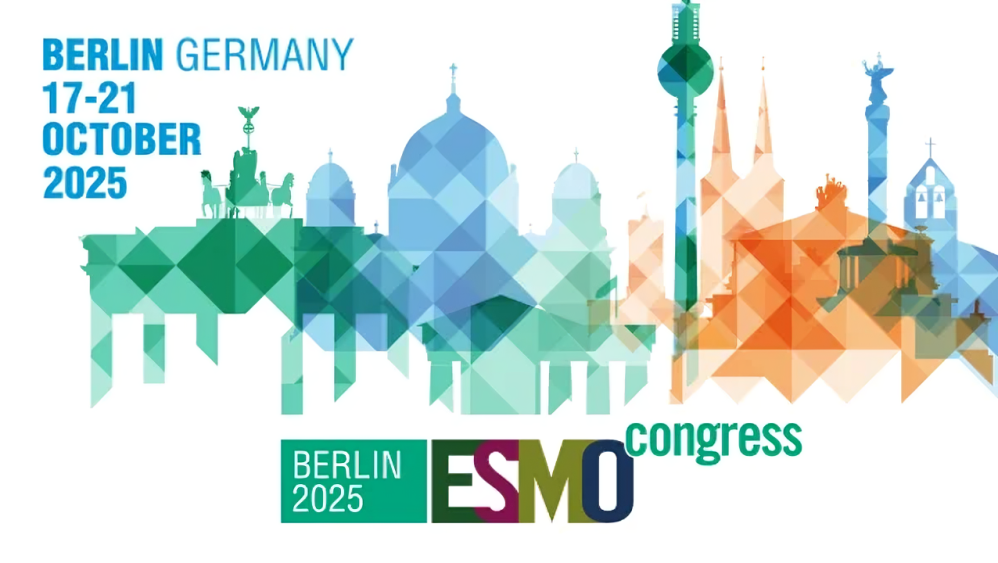
See you next year in Madrid.
Written by Sergey Badalyan, MD
